Additional notes (click to expand)
Horticulture
An attractive evergreen shrub that can be grown as a hedge or topiarised. Fluffy white flowers in summer are followed by small, dark berries in autumn.
The fruits have a resinous, herbal flavour. Use in similar ways to juniper berries, or make jellies and liqueurs.
Self fertile
Needs full sun, good drainage and a warm site.
grows well in pots
The Royal Horticultural Society The Garden magazine, September 2021
Medicinal
Culpeper: ‘Myrtus. Mirtle tree, the leaves are ... good for vomiting, spitting and pissing of blood ...’
Culpeper, Nicholas. (1650). A Physical Directory . London, Peter Cole.
Dioscorides recommends it in various forms for scorpion bites, topically in wine for cutaneous ulcers; as myrtle wine to reduce appetite; for vaginal and rectal prolapse; fractures that will not heal; for vitiligo; to dye hair black; for reducing armpit sweating, and a few other matters.
Gunther, R.T. (1938). The Greek Herbal of Dioscorides ... Englished by John Goodyear.
Nomenclature
According to Lyte (1578), it is named after Merlyne, a fair maiden of Athens in ancient Greece, who judged the athletic games. Slain by a disgruntled competitor, the goddess Minerva brought her back as the myrtle tree in perpetual memory.
Lyte, Henry. (1578). Nievve Herball or Historie of Plantes.
Other use
Notes: We also grow Myrtus communis. 'Variegata' - Variegated Myrtle. In antiquity it was sacred to Venus, who had used it to hide her naked body, after bathing, from the stares of satyrs, according to Ovid. In the ruins of Pompei were found a basket of myrtle berries, and present day Pompeians make a stomach medicine from the berries, sugar and water, but Pliny and Dioscorides used it for heart, bladder and bowel problems. The berries are also used in cooking (Jashemski).
Jashemski, W F . (1999). A Pompeian Herbal, Ancient and Modern Medicinal Plants. University of Texas Press.
Notes by Henry Oakeley from Lindley's 'Flora Medica' (1838): Myrtle, growing in the gardens of 6 and 7 St. Andrew’s Place, is one of our more benign plants. Lindley tells us that the buds and berries were eaten as spices, and in Tuscany were used as a pepper, and to make myrtle wine. Distilled, the flowers are exploited in the manufacture of a perfume. Myrtle wood can be used to cook meat, imbuing it with a special fragrance.
Lindley, John. (1838). Flora Medica, Longman, Orme, Brown, Green & Longmans
The edible fruits have a resinous, herbal flavour. Use in a similar way to juniper berries, or make jellies and liqueurs.
The Royal Horticultural Society The Garden magazine, September 2021
Podcast
Myrtus communis L.
Family: MYRTACEAEGenus: Myrtus
Species: communis L.
Common names: Myrtle
Pharmacopoeia Londinensis name: Myrtus, Myrtillus
Distribution summary: S. Europe, S.W. Asia
Habit: Tree
Hardiness: H4 - Hardy; average winter
Garden status: Currently grown
Garden location: Europe & Mediterranean (E), Pharmacopoeia Londinensis 1618 'Leaves' (HSE 6), Pharmacopoeia Londinensis 1618 'Leaves' (HSE 5B)
Reason for growing: Medicinal
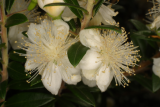
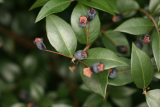
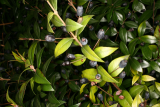
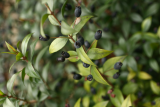
 pruned in House 5.JPG)
 pruned in House 5.JPG)
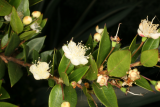
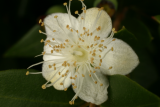
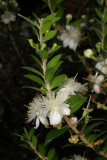
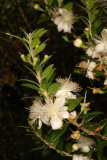
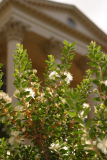
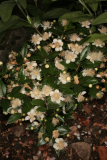
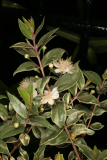
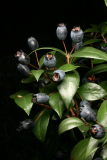
.JPG)
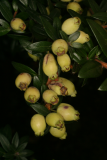
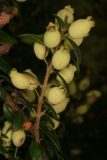
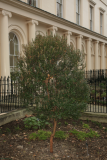
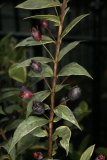

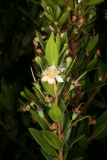
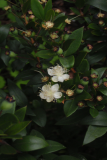

.JPG)
.JPG)
.JPG)